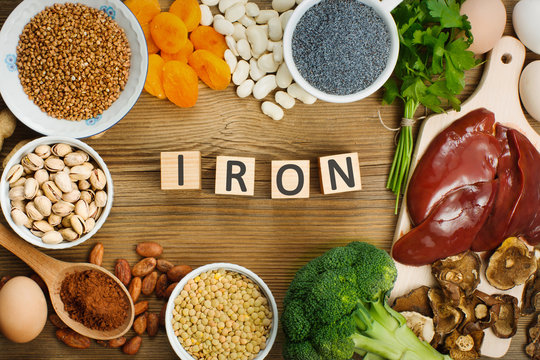
Iron (Fe), the mineral required for an efficient immune system, muscle strength and cognition is an important part of heme containing proteins. Hemoglobin is the protein of RBCs which serve the function of oxygen delivery to the tissues. Iron deficiency is the most common nutritional deficiency in most countries. It is absorbed from duodenum or jejunum of small intestine. Iron homeostasis is maintained by mucosal block allowing regulation of the amount of iron absorbed rather than excreted. The mechanism of mucosal block involves the inhibition of receptor production that binds to iron when there is adequate supply in the body.
99% of the Fe is trapped inside the core of Earth. Diminution of iron stores in liver, spleen and kidney results in anemia. As oxygen delivery is compromised when the synthesis of hemoglobin is decreased due to iron depletion, cell functioning is negatively affected.
Signs of Iron deficiency:
1. Anemia:
Iron deficiency anemia is the typical symptom of iron deficit. This is especially prominent in pregnant females who face increased blood volume demand for the nourishment as well as oxygenation of the developing fetus. Blood loss in menstruation creates the need for iron supply to revive the blood cells lost. In case of shortfall, symptoms like pale skin tone, rapid heart rate and persistent headaches become apparent.
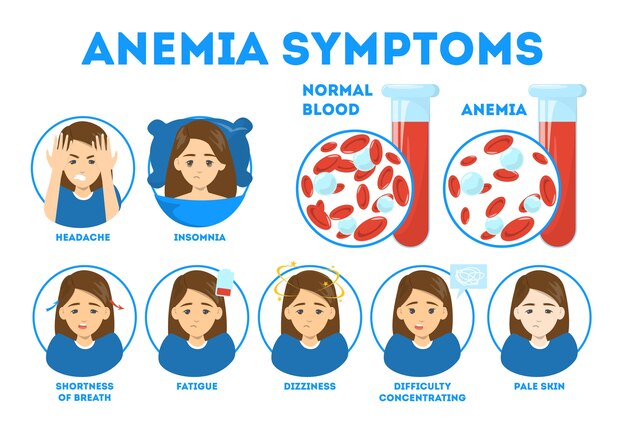
2. Pica:
Pica refers to the eating disorder in which a person eats substances that have zero nutritional value. Specifically ice craving is a type of pica where one eats ice cubes, ice chips even freezer frost with wolf – like appetite. Even urge to eat clay is also seen especially in pregnant women. Some researchers believe that energy level of an individual is boosted to some extent with eating such things. Glossitis or tongue inflammation with smoother appearing tongue surface are also seen.
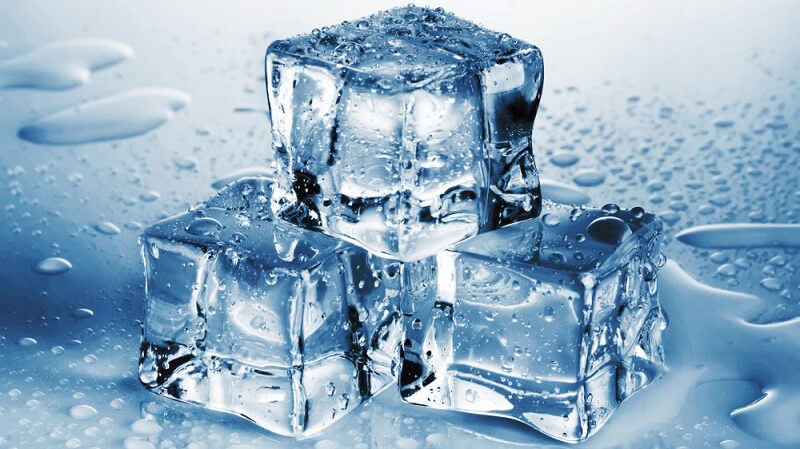
3. Fatigue and Chills:
Body is constantly lethargic and behavioral issues such as tiredness, irritability, anxiousness etc. are common. Reduced attention span and exhaustion in addition to struggling keeping up normal breaths even while doing routine work are all due to poor blood circulation. In fact, one may experience chills in normal weather. Thyroid hormones regulate the body temperature and require Fe for their activation. In the absence of this mineral, hands and feet become extremely cold.
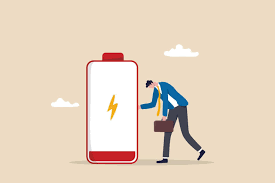
4. Restless Leg Syndrome:
Restless leg syndrome is a neurological condition where subject has a persistent urge to move his legs and faces difficulty resisting. Numbness and tingling in legs is also observed. Furthermore, sleeping difficulties with complains of restless sleep and episodes of awakening must be addressed by seeing a doctor.
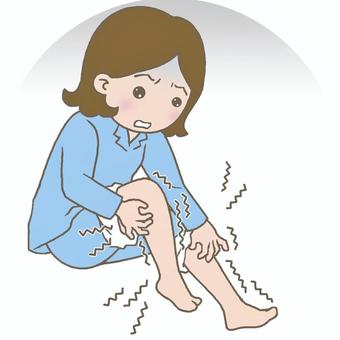
5. Hair loss and Vertigo:
Alopecia or hair loss with thinning of hair on scalp is definitive of nutritional imbalance. However, accurate diagnosis of this condition is only possible with a blood test that gives a count of iron levels. Female pattern hair loss is prevalent. PRP or platelet – rich plasma treatment for replenishing hair growth is under consideration of doctors. Vertigo or feeling dizzy with ringing or whooshing sounds inside the head are alarming and must be catered to treatment.
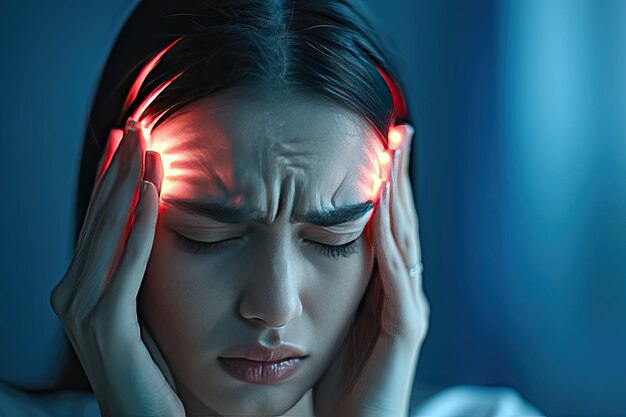
Vulnerable groups:
Any hindrance in the absorption of Fe or loss through bleeding may make people vulnerable to deficiency symptoms.
- Patients who have undergone major surgery and suffered blood loss
- Groups on vegan diet as it is low in Fe
- Menstruating women especially those experiencing heavy bleeding
- Cases of inflammatory bowel disease due to chronic blood loss and poor absorption
- Breastfeeding women as they pass on the mineral through milk to infants
- Babies feeding on cows milk as it is a poor source
- People with aspirin or other anti inflammatory medicines
- Parasitic infections such as caused by hookworms that feed on human blood
Dietary sources of Iron:
Red meat, beef liver (5 mg/100g of Fe), chicken, fish, leafy green vegetables (20 mg/100g), legumes (10 mg /100g). Iron rich foods are good sources to replace the loss. However, supplementation should be taken after proper instructions as excess may cause iron poisoning.
Recommended Daily Allowance:
- For adults: 20 mg of iron, out of which about 1–2 mg is absorbed.
- Children between 13 – 15 years: 20–30 mg/day.
- Pregnant women: 40 mg/day especially during last trimester of pregnancy.
- Infants require iron through diet after 3 months of life as initially they rely on iron derived from mother in prenatal life. Also milk is a poor source of iron. Hence formula milk or dietary intake after consultation with a pediatric is essential.
Severity of shortage may lead to organ damage especially heart as the workload on it is greatly increased. Gastric disorders require vitamin C supplementation along with iron as vitamin C aids the absorption of iron. Hence deficiency may cause alarming state of restlessness, fatigue, irritability, hair loss and anemia all at the same time in the body.